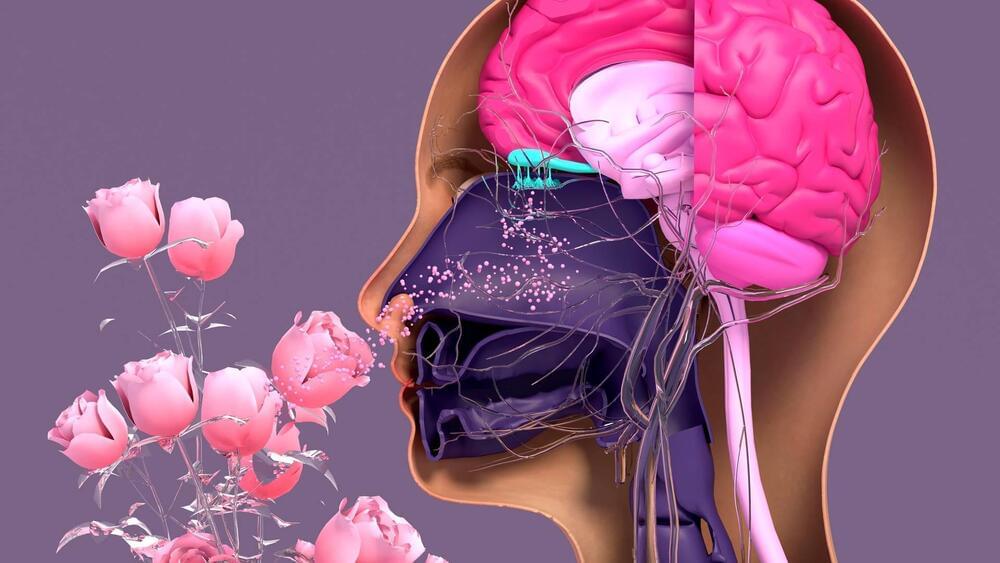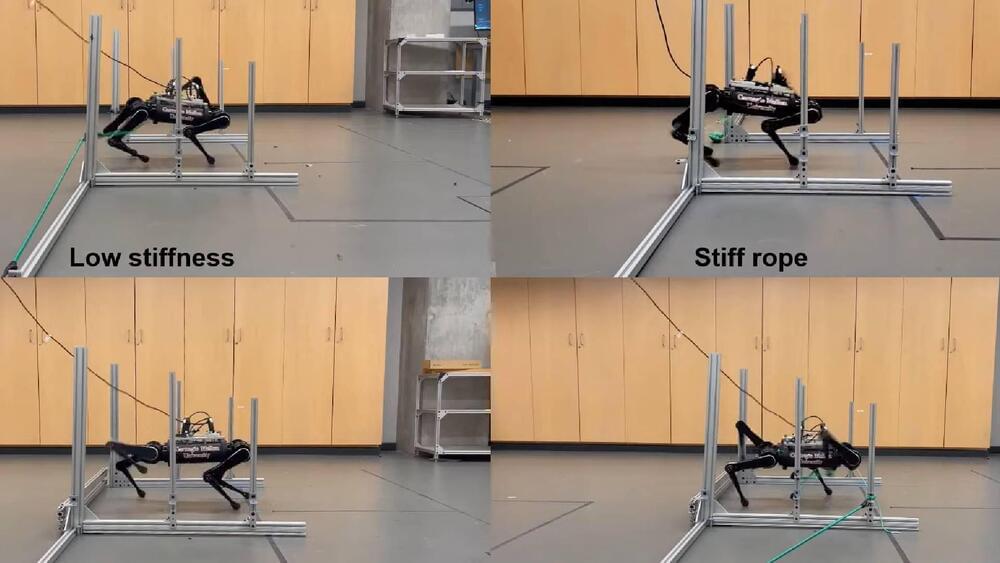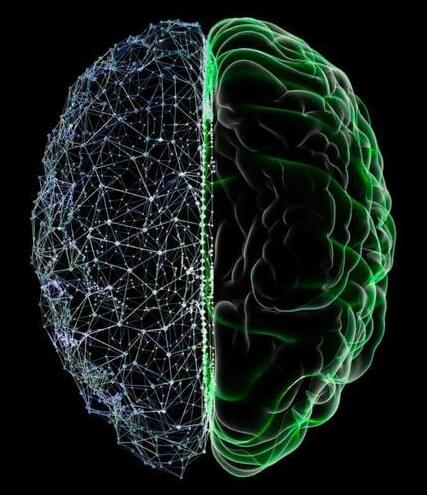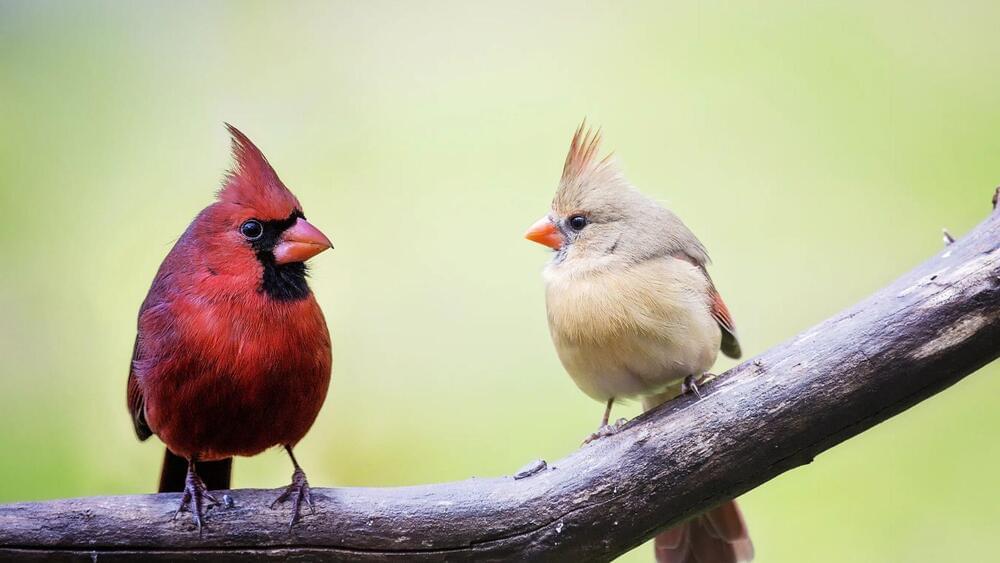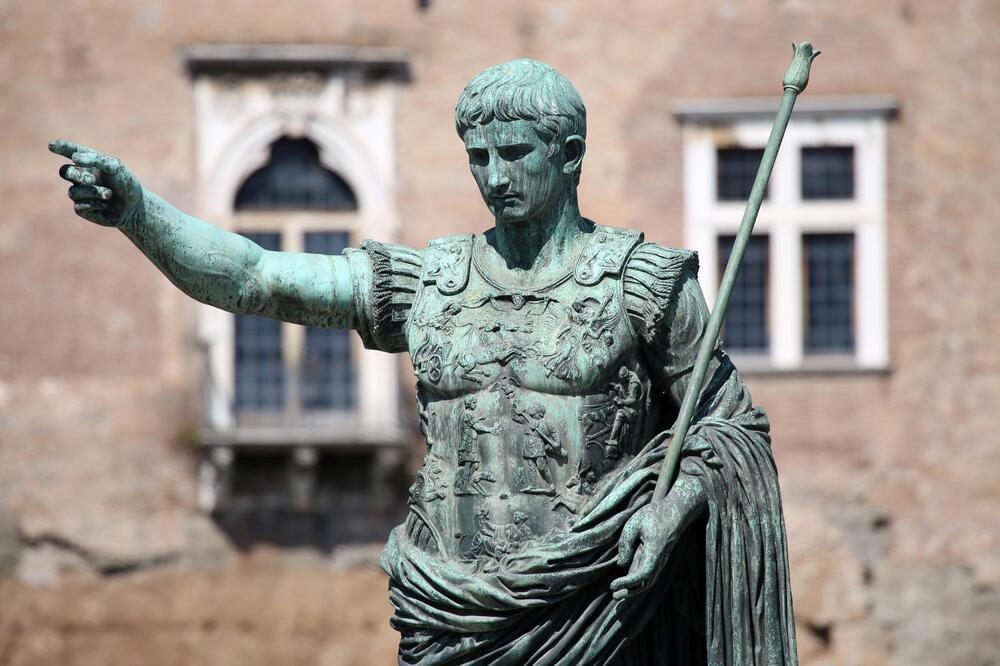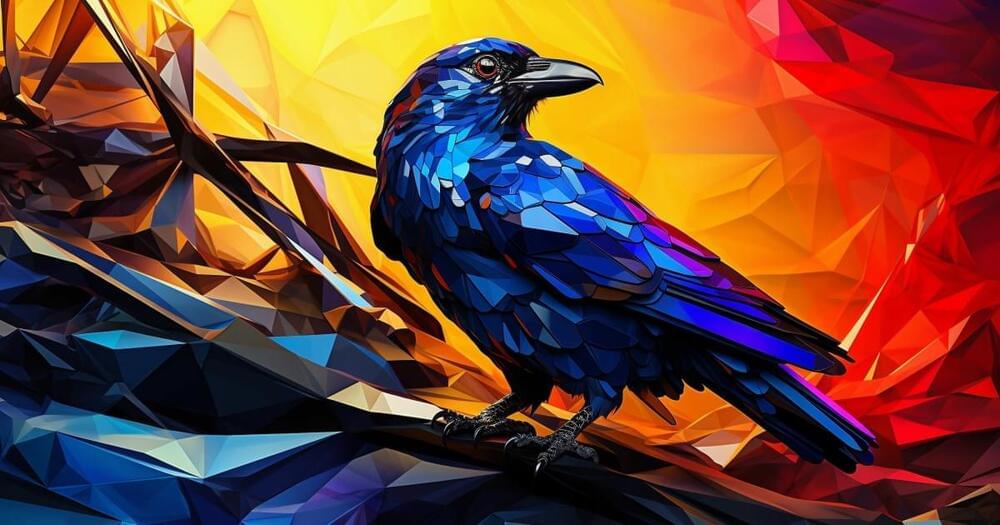It turns out there is a correlation between odors and colors that is quite commonplace.
An example of synesthesia, a perceptual phenomena when activation of one sensory or cognitive pathway results in involuntary experiences in another, is the idea of “smell color” or connecting odors with colors. In this situation, those who experience “smell-color synesthesia,” a particular form of synesthesia, may think that odors have corresponding colors.
Design Cells/iStock.
More commonplace.
